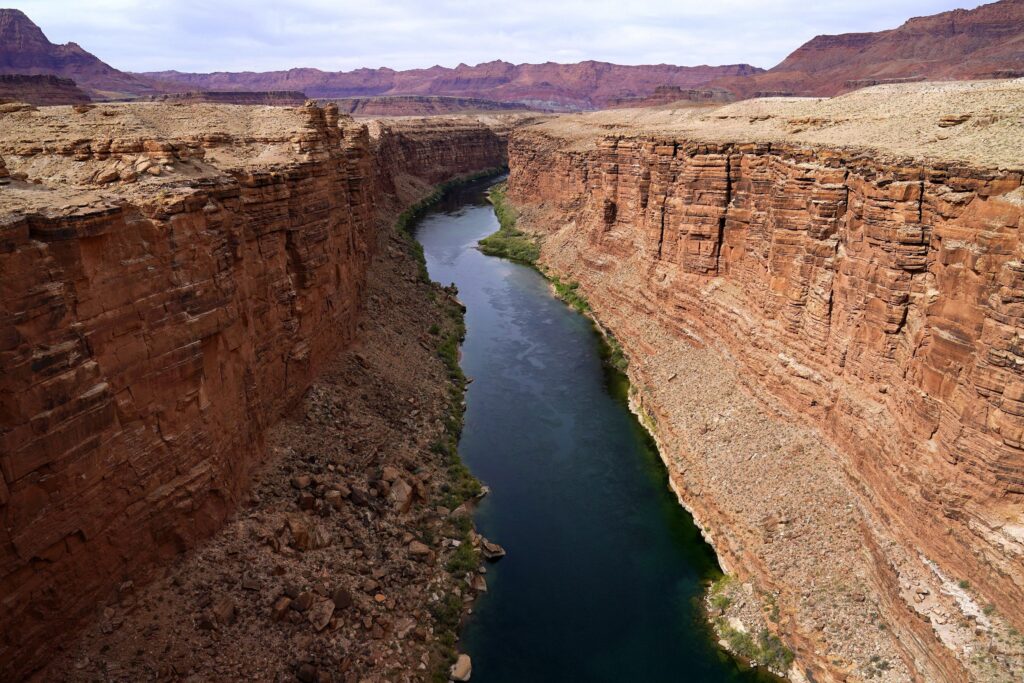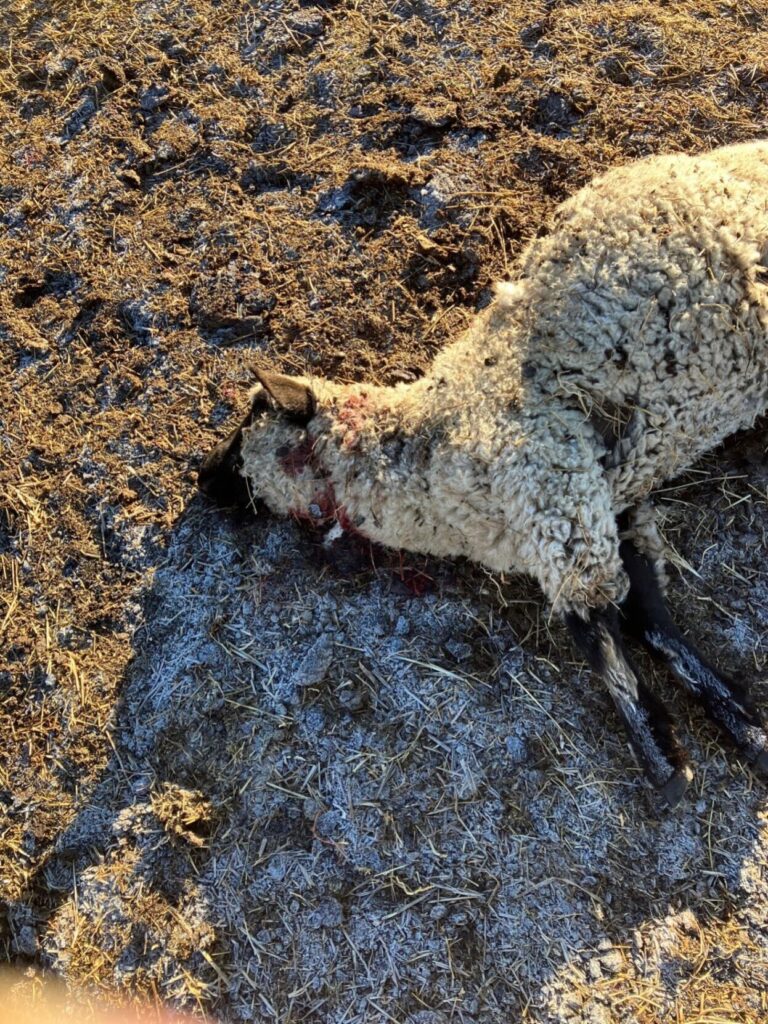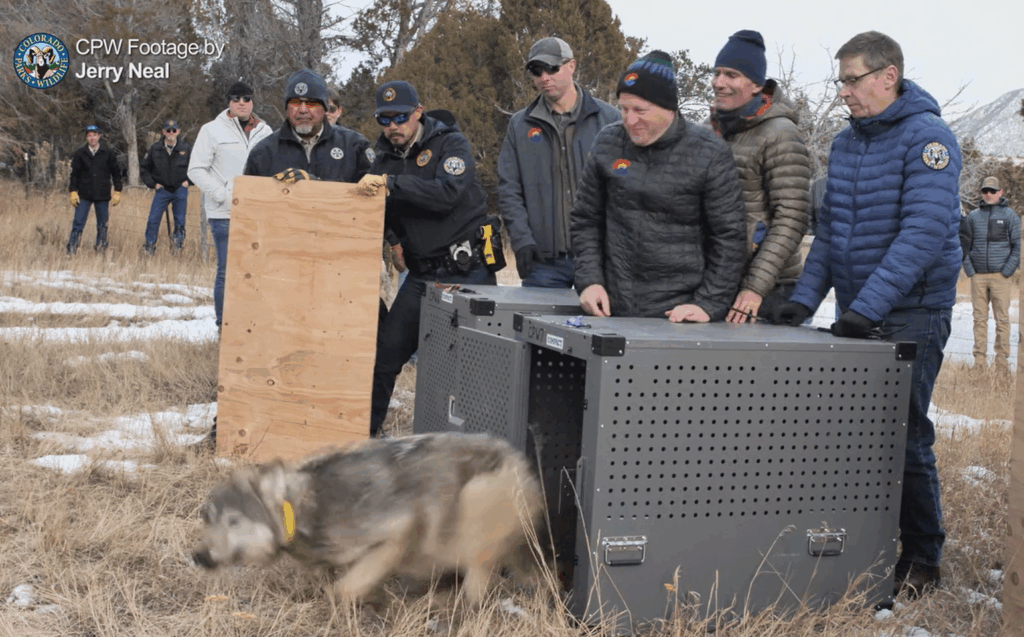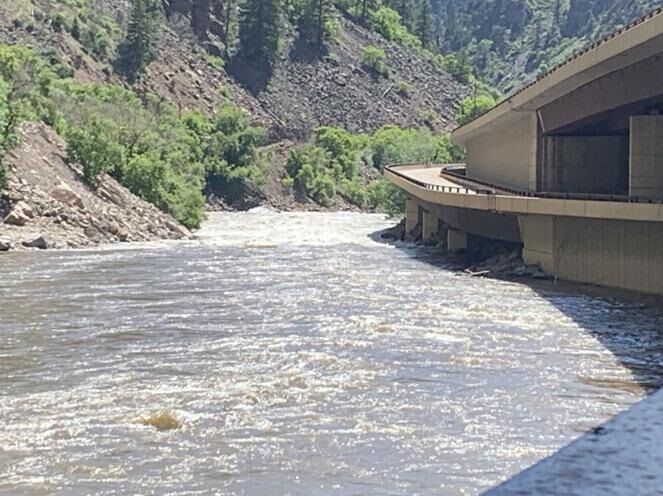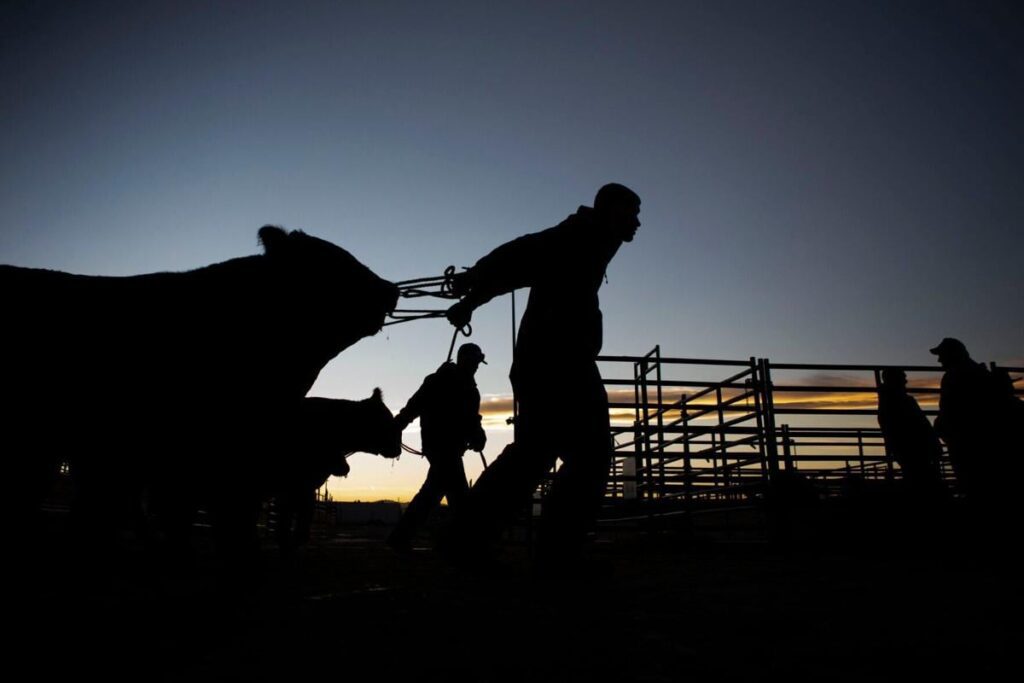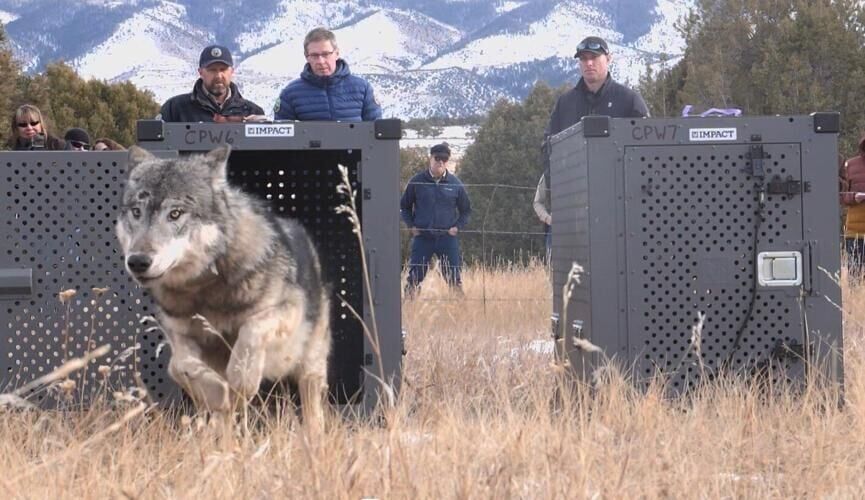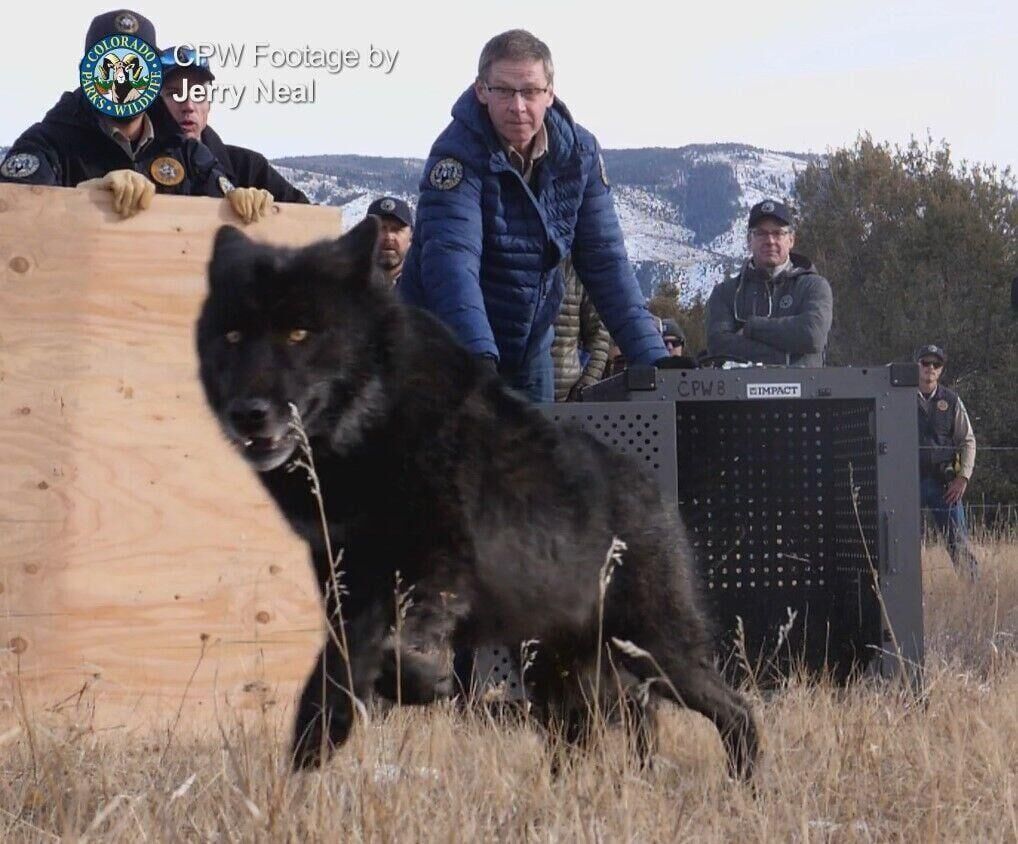U.S. Fish & Wildlife rule allows for ‘taking’ of gray wolves in Colorado
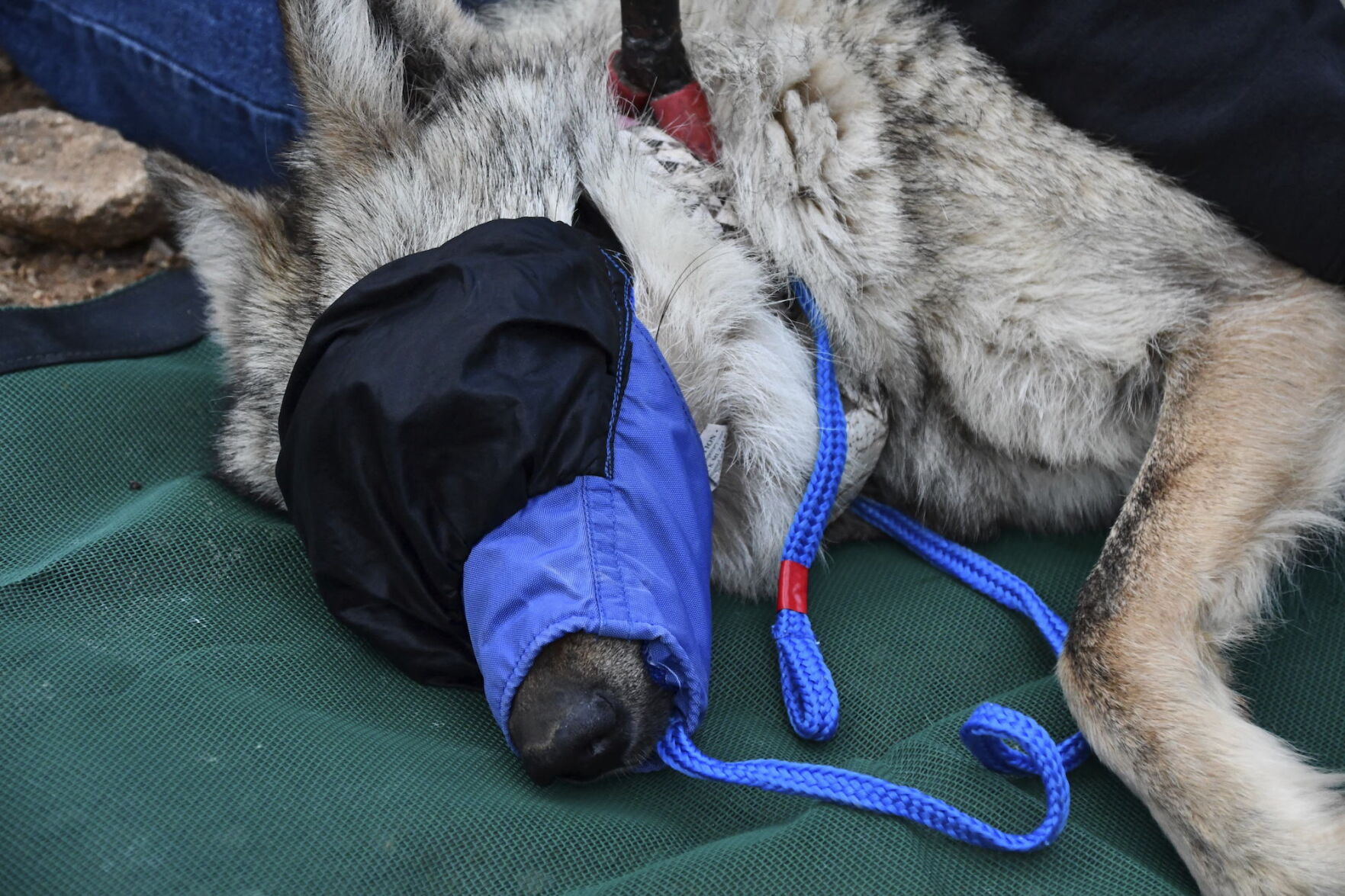
The clock is now ticking toward a final rule by the U.S. Fish & Wildlife Service on Colorado’s plans to reintroduce gray wolves at the end of the year, under which it would be permissible to kill gray wolves caught attacking livestock.
The development also means Colorado inches closer to resolving regulatory hurdles to meet procedural deadlines.
The federal agency on Friday published the final environmental impact statement and draft record of decision, which will formally appear in the Federal Register next Tuesday.
Notably, the draft rules includes “allowable takes” of wolves. A “take,” in wildlife management parlance, means to “harass, harm, pursue, hunt, shoot, wound, kill, trap, capture, or collect.”
The announcement is almost a month ahead of schedule, based on a discussion Monday between the legislature’s Water Resources and Agriculture Review Committee. Reid DeWalt, the policy director for wolf reintroduction at Colorado Parks and Wildlife, told the committee to expect the final statement and draft – but not until early to mid-October.
The earlier-than-expected issuance “demonstrates a sincere and effective commitment by the U.S. Fish and Wildlife Service to accomplish this task on a very accelerated timeline,” said Colorado Parks and Wildlife Director Jeff Davis in a statement Friday. “National Environmental Policy Act (NEPA) work typically takes two to three years and it was accomplished in a little over a year-and-a-half. CPW leadership is very thankful to the demonstrated commitment and partnership with the U.S. Fish and Wildlife Service.”
With the environmental impact statement and draft record of decision now introduced, a 30-day “cooling off” period ensues, to be followed by a second announcement on how the rule will read in federal statutes. Another 30-day period will follow, which would end sometime around mid-November. That also could be a month ahead of the Dec. 15 deadline state officials had hoped would bring finalization of what’s referred to as the “10(j) rule.”
The 10(j) rule referred to in Friday’s announcement designates the gray wolf as an experimental population under the agency’s draft record of decision. That’s critical to Colorado’s management of wolf reintroduction, as it allows the state to move forward with its management plan. Without the 10(j) rule, wolves could be reintroduced in Colorado but only as an endangered species and under the management of U.S. Fish & Wildlife.
Critics have said the federal agency doesn’t have the capacity to manage the wolf population.
The draft record of decision also allows Colorado to establish an experimental population boundary the covers the entire state, noting that wolves may “disperse long distances from the initial reintroduction sites. Those boundaries also include national park and national wildlife refuge lands, although “site-specific regulations may apply on some federal ownerships.”
The third piece of the draft record of decision puts into rule Colorado’s restoration and management plan, including “allowable takes” of wolves under the plan.
That’s not going over well with one of the groups that prefers federal protection for wolves in the West.
In a statement, the Center for Biological Diversity said the Colorado plan doesn’t require livestock owners to employ nonlethal measures when dealing with wolves.
The Center noted one change between the final environmental impact statement and its earlier draft – a limit on killing of wolves in response to “unacceptable impacts” to wild “ungulates,” such as deer and elk on tribal lands. The draft statement would have allowed such killings anywhere in the state, the Center said.
“The state wolf plan and this new federal authorization will probably need to be revised before too long to truly protect both wolves and livestock by mandating non-lethal prevention,” Robinson said.
Critics of the ballot measure that paved the way for wolf reintroduction earlier complained that urban Front Range voters determined the election, while rural voters to the west will suffer the brunt of its negative effects.
During a public hearing in February, ranchers argued that lethal control options are essential to the future of their operations.
Janie Van Winkle, a fourth-generation livestock producer from Western Colorado, said some ranch families are on the brink of financial insolvency and the reintroduction of wolves without allowing livestock owners to prevent them from killing their animals may be “the straw that breaks the camel’s back.”
“I need to know there’s a way to deal with problem wolves so that I can sleep at night. If there are no problems, it won’t matter. But I need to know,” he said. “All the other conflict minimization feels good but works only for a short time.”
Walden rancher Don Gittleson told the commission in a previous meeting of the many long, sleepless nights he and his son have spent in their pickup trucks in the pastures with their herd – only to have wolves attack when he was only 400 yards away from them.
“So, they were getting pretty brave the last time they came in the pasture when I was there. They attacked a cow and a calf. I had the lights on, and I was about 400 yards away from them. I started the truck back up, drove right at them with the horn honking because I was afraid they’d kill that calf before I got there,” he said. “They were still there fighting with that cow when I got there. I ran two of the pups off. But as soon as I saw the male, I quit chasing them and I chased him the length of the field.”
Colorado’s wolf restoration and management plan, approved earlier this year by the state’s wildlife commission, allows for reintroduction of 50 wolves over the next four years. During Monday’s meeting of the water and ag committee, DeWalt said what that entails is likely to be 10 to 15 wolves per year, starting in the northern region of the state designated for wolves.
The state has sought private lands, in addition to state-owned land, for reintroduction, but got no takers from private land owners. The northern region designated for reintroduction includes state lands in areas around Vail, Aspen and Glenwood Springs.
Colorado’s management plan also includes details on compensation ranchers whose livestock are damaged or destroyed by wolves, and employing lethal and non-lethal methods for dealing with wolves that threaten humans, livestock or for other management purposes.
The Colorado General Assembly, during the 2023 session, approved bipartisan legislation setting up a $350,000 per year fund to pay ranchers who lose livestock to wolves.
The next big step is where to get the wolves, given that three states – Idaho, Montana and Wyoming – have made it clear they don’t intend for their wolves to come to the Centennial State.
Discussions are ongoing with officials in Oregon and Washington State for Colorado to capture wolves, although it’s possible Colorado might not be able to get wolves from Washington before the end of the year, which is the state’s deadline for putting wolves on the ground, according to DeWalt.




